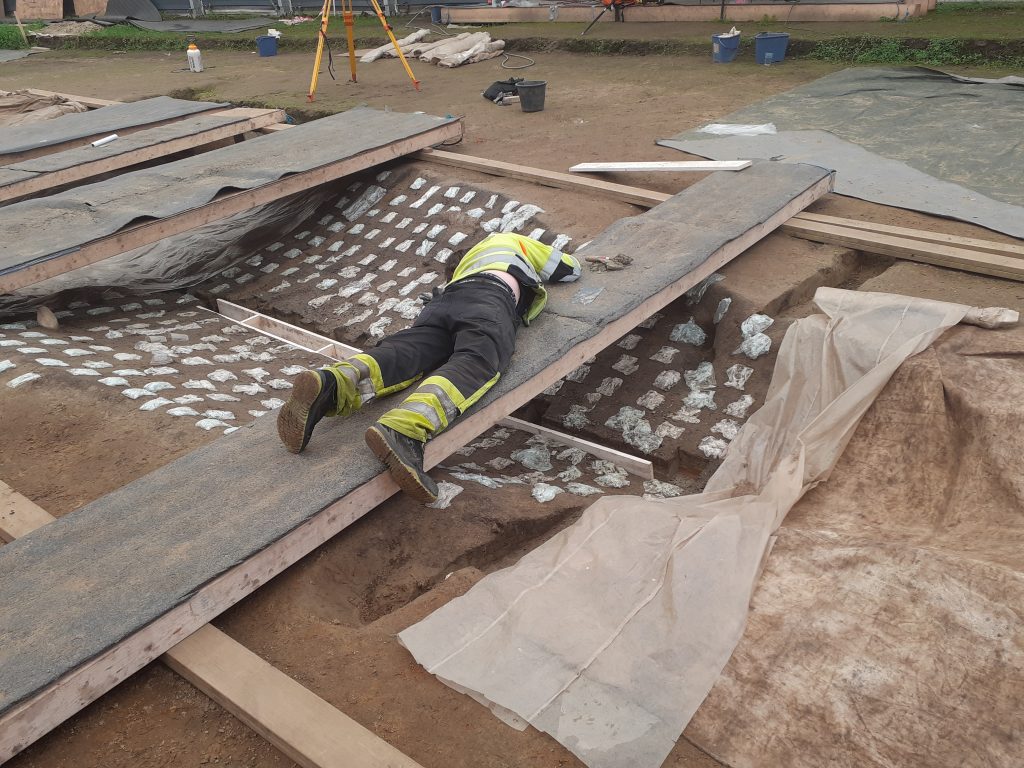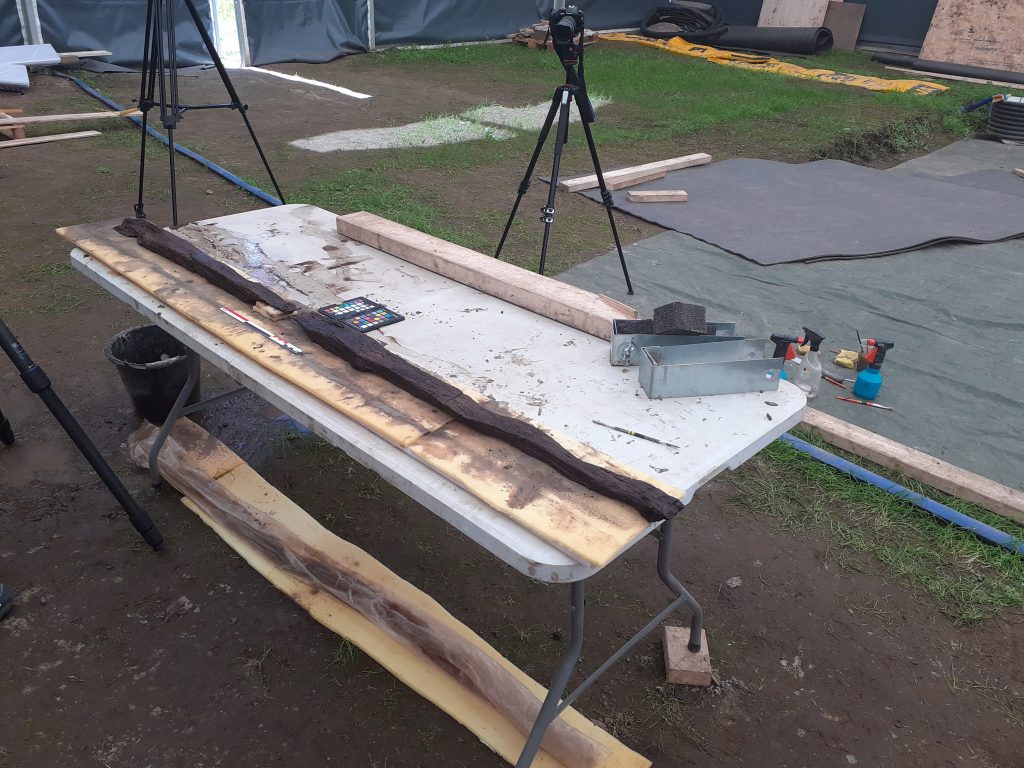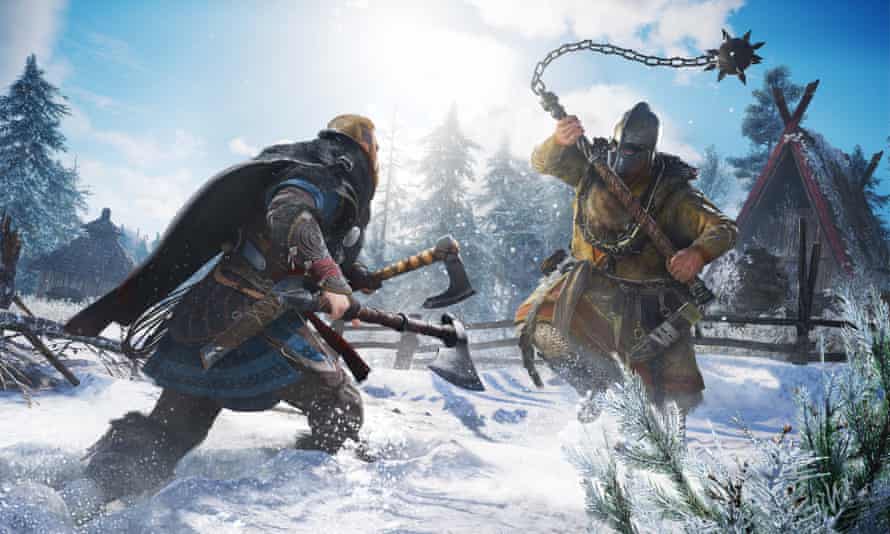The dig at Gjellestad, the most significant Viking find in Norway for over a century, is proceeding apace. The buried Viking ship was discovered two years ago and the excavation is expected to be completed this summer.
As I arrive, there is already a French documentary crew in place. Most Viking ship remains are found at the bottom of the sea, but this is a rare case of burial remains which makes it that much more interesting. Head archaeologist Camilla Wenn tells me that bones have been found belonging to animals, and possibly to humans, but this will have to be verified with DNA.
It’s hard to draw any conclusions at this point, but it seems that the Gjellestad ship did not have a mast. This may indicate that the ship is from before the the time when the old Norse started using sails. It could also just be a different design, or development, a coastal ship perhaps. No one knows.
But it does seem that Östfold, on the eastern side of the Oslo fjord, may have been more equal in power and wealth to Vestfold on the western side. The famous Gokstad ship and the Oseberg ship are both from Vestfold. However, the sandy terrain there does not lend itself well to preservation, so further finds are unlikely. The clay ground in Ostfold has preserved artefacts far better. Among the objects found at Gjellestad are a part of the stem and a large amber bulb. The latter may indicate contact with the eastern Baltic, but amber is quite often found in Viking graves so trade was conducted between the areas in any case.
Here you can see the finds in 3D at the University of Oslo.
Kulturhistorisk museum: 3D-modeller (uiocloud.no)




